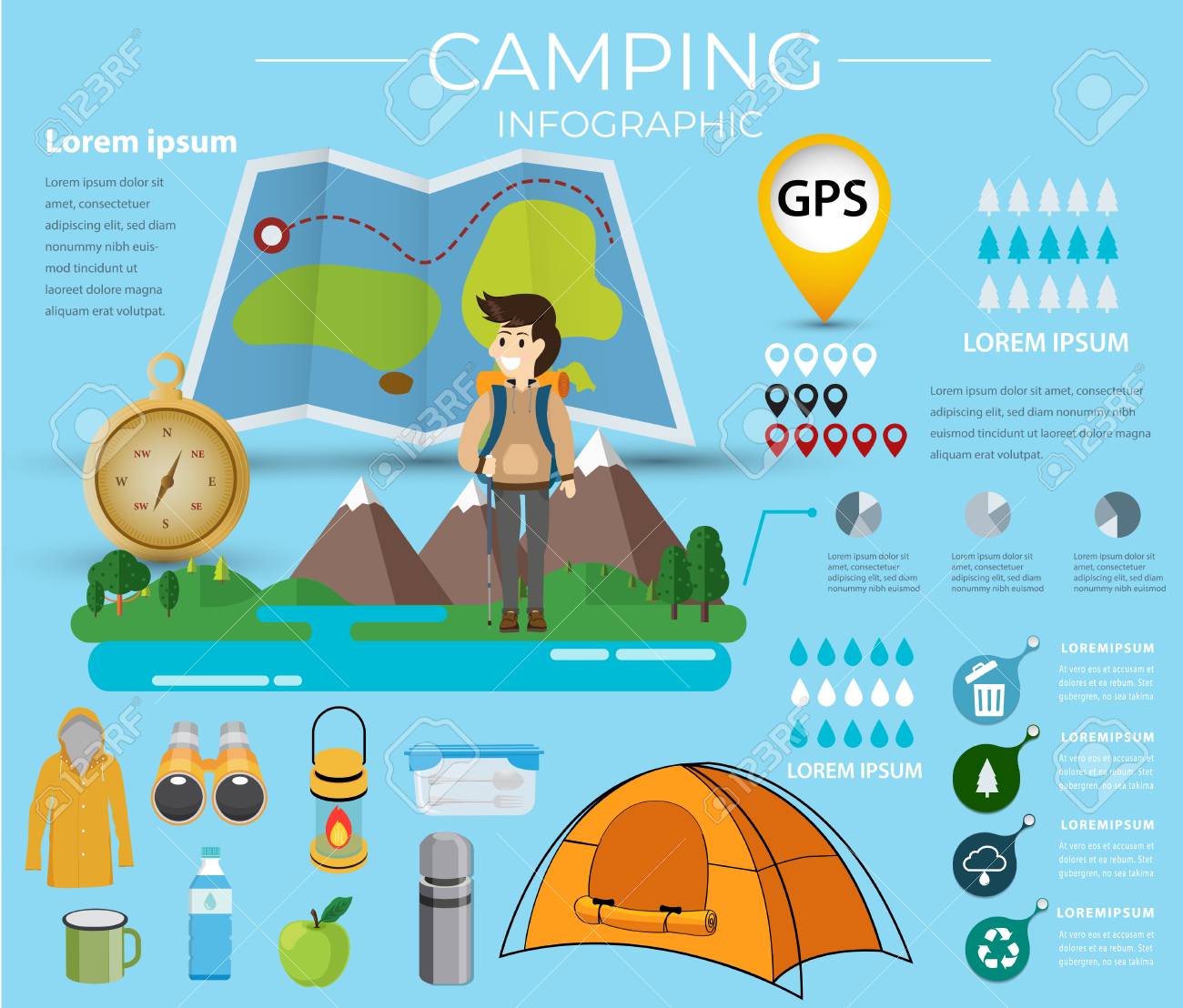Zipper Vs Tie Back Doors Which Is Best
Winter Camping - Guy Line Anchors in SnowWintertime camping is an enjoyable and daring experience, but it calls for appropriate equipment to ensure you remain cozy. You'll require a close-fitting base layer to trap your temperature, together with a shielding jacket and a water-proof shell.
You'll additionally require snow risks (or deadman anchors) buried in the snow. These can be tied using Bob's clever knot or a regular taut-line drawback.
Pitch Your Outdoor tents
Winter months outdoor camping can be a fun and adventurous experience. However, it is important to have the proper equipment and recognize exactly how to pitch your camping tent in snow. This will prevent cool injuries like frostbite and hypothermia. It is likewise crucial to eat well and remain hydrated.
When establishing camp, ensure to pick a site that is sheltered from the wind and free of avalanche danger. It is additionally an excellent concept to pack down the area around your outdoor tents, as this will certainly help reduce sinking from body heat.
Prior to you established your tent, dig pits with the same dimension as each of the anchor points (groundsheet rings and individual lines) in the facility of the camping tent. Fill these pits with sand, rocks or perhaps stuff sacks filled with snow to portable and protect the ground. You may also intend to take into consideration a dead-man support, which entails tying outdoor tents lines to sticks of wood that are buried in the snow.
Load Down the Area Around Your Camping tent
Although not a need in a lot of areas, snow risks (likewise called deadman anchors) are a superb addition to your tent pitching package when camping in deep or pressed snow. They are basically sticks that are made to be hidden in the snow, where they will freeze and produce a strong anchor factor. For finest outcomes, utilize a clover hitch knot on the top of the stick and hide it in a few inches of snow or sand.
Establish Your Camping tent
If you're camping in snow, it is an excellent concept to use an outdoor tents developed for winter months backpacking. 3-season camping tents work great if you are making camp below timber line and not expecting specifically severe climate, however 4-season tents have stronger poles and materials and offer even more protection from wind and hefty snowfall.
Be sure to bring ample insulation for your sleeping bag and a cozy, dry blow up mat to sleep on. Blow up mats are much warmer than foam and help protect against cold places in your tent. You can additionally add an added floor covering for resting or cooking.
It's likewise an excellent idea to set up your outdoor tents near a natural wind block, such as a team of trees. This will make your camp much more comfy. If you can't discover a windbreak, you can develop your own by digging openings and burying objects, such as rocks, outdoor tents stakes, or "dead man" anchors (old camping tent individual lines) with a shovel.
Tie Down Your Camping tent
Snow risks aren't essential if you use the best methods to secure your outdoor tents. Buried sticks (perhaps gathered awning on your technique walk) and ski poles work well, as does some version of a "deadman" hidden in the snow. (The concept is to create an anchor that is so strong you will not have the ability to draw it up, despite having a lot of effort.) Some producers make specialized dead-man supports, yet I favor the simpleness of a taut-line hitch tied to a stick and after that hidden in the snow.
Recognize the terrain around your camp, especially if there is avalanche danger. A branch that falls on your camping tent might damage it or, at worst, harm you. Likewise watch out for pitching your outdoor tents on an incline, which can catch wind and lead to collapse. A sheltered area with a low ridge or hill is better than a steep gully.
